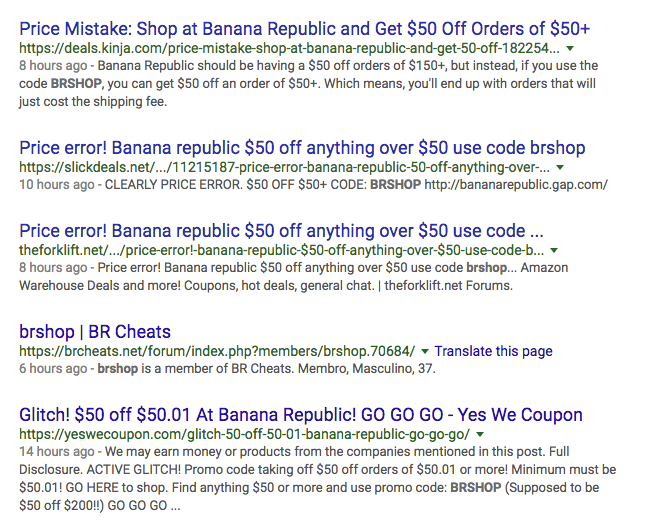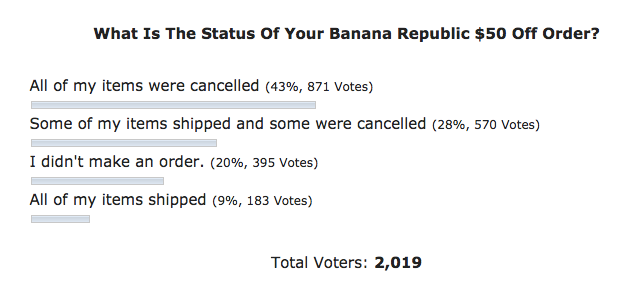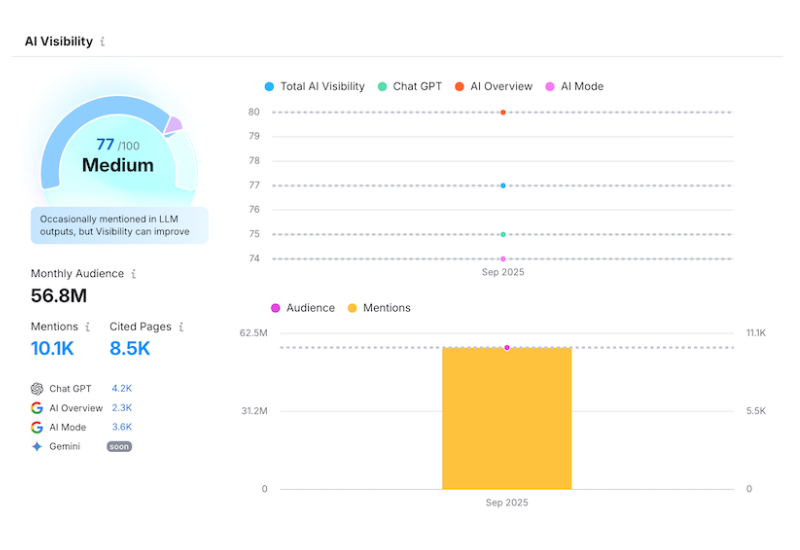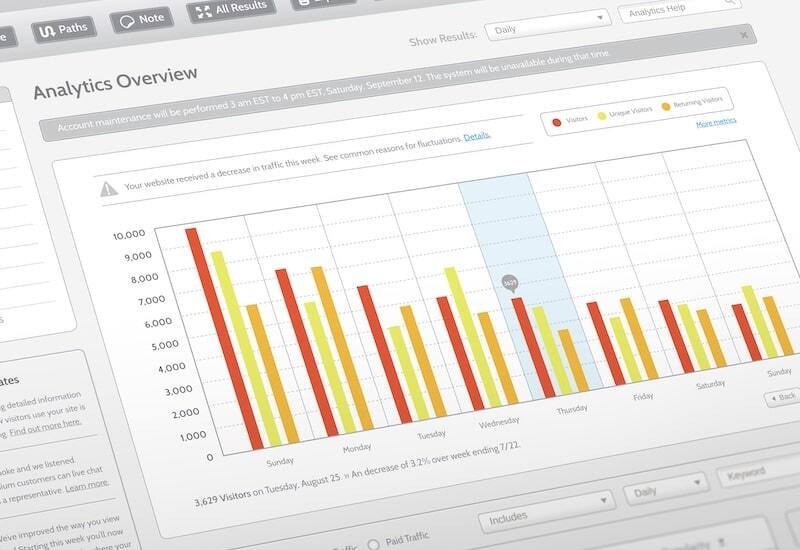 Last week, Banana Republic lit up the internet when they released a promo code intended to offer customers $50 off a purchase over $150. However, due to what we assume to be a mistake in setting up the promo code, it actually allowed customers to checkout with $50 worth of merchandise for less than $1. The promo code BRSHOP spread like wildfire through websites and forums that cater to an audience primarily looking for deals and pricing mistakes. Adding insult to injury, customers were able to snag free shipping on any order that exceeded the $50 threshold. An order of $50.01 allowed anyone using the code to essentially get their order for free. The promo code also didn’t limit the number of uses per customers, so people taking advantage of this mistake placed order after order trying to maximize the number of “free” items they could score.
Last week, Banana Republic lit up the internet when they released a promo code intended to offer customers $50 off a purchase over $150. However, due to what we assume to be a mistake in setting up the promo code, it actually allowed customers to checkout with $50 worth of merchandise for less than $1. The promo code BRSHOP spread like wildfire through websites and forums that cater to an audience primarily looking for deals and pricing mistakes. Adding insult to injury, customers were able to snag free shipping on any order that exceeded the $50 threshold. An order of $50.01 allowed anyone using the code to essentially get their order for free. The promo code also didn’t limit the number of uses per customers, so people taking advantage of this mistake placed order after order trying to maximize the number of “free” items they could score.
The Fallout
 Banana Republic didn’t catch this mistake for hours, which allowed thousands of orders to be processed. Many of these orders were filled and shipped out to customers before their team could get a handle on the situation. Some customers received cancellation emails later in the day which, perhaps surprisingly, angered many customers and even caused a significant number of them to go on record saying they were going to boycott the company. Some customers reported that customer service offered them a discount coupon for future purchases while others just received an email noting the cancellation.
Banana Republic didn’t catch this mistake for hours, which allowed thousands of orders to be processed. Many of these orders were filled and shipped out to customers before their team could get a handle on the situation. Some customers received cancellation emails later in the day which, perhaps surprisingly, angered many customers and even caused a significant number of them to go on record saying they were going to boycott the company. Some customers reported that customer service offered them a discount coupon for future purchases while others just received an email noting the cancellation.
So What Are the Lessons To Be Learned From This?
A few takeaways worth noting:
Test Test Test
From an eCommerce business or partner perspective, an ounce of prevention is worth way more than a pound of cure. I have no idea if this was caused by bad code or sloppy implementation of promo codes and shopping cart rules. But I can tell you this, the promo code wasn’t tested thoroughly in a development environment prior to release. As someone who has spent many hours testing promo codes, I know firsthand it isn’t the most rewarding or exciting task. But it’s always easy to run a few different scenarios or simply test the code to make sure it does what you’re expecting. The key here is to test to the promo code against scenarios that lie outside of what you expect or want to it do. In this case, that most likely could have prevented this from being released on a live site.
Plan for the Worst
Make sure your team has a plan in place to handle situations that arise if you find yourself in a position where customers receive an unintended discount. Mistakes happen, so it’s worth talking to your team about worst case scenarios so everyone knows what to do.
Watch Those Deal Sites
Become familiar with sites that cater to an audience looking to pounce on mistakes like these (We’re looking at you SlickDeals, Mistake Price, Reddit, and Dans Deals). Don’t underestimate how quickly these posts spread across the internet. You might want to consider setting up Google Alerts with keywords to get quick updates if your eCommerce store somehow ends up associated with these types of sites.
Watch Your Own Site
It may go without saying, but you should be monitoring your site for big spikes in traffic and sales order volume. Talk to your developer about setting up an email or text alert around normal order volume in order to keep track of any major activity changes. Taking a few key precautions could save your brand in the end.


